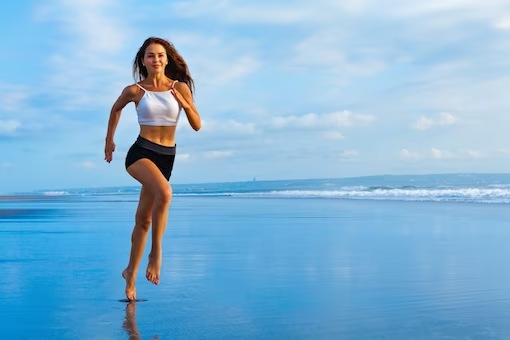There have been numerous arguments made about the health benefits of barefoot running or training. By barefoot running, we mean running or training without footwear. However, the definition is slightly changed in modern times as it has become running with minimalist shoes instead of regular ones. Many fitness professionals prefer training or running barefoot as they consider it to help maintain posture. Some think it is the secret to injury-free running, as we’re meant to live this way.
Barefoot running helps you move freely and allows better flexion in the foot arch without causing pain or discomfort. This brings us to the article’s main content- Health Benefits of barefoot running.
Burns more Calories
Unlike regular shoes, a barefoot running shoe is not cushiony and springy; therefore, it does not work for you and instead forces you to put in the effort. Each step will require the same energy as the initial in contact with the ground, which demands more action from your muscles. Thus, it burns more calories.
Reduces the risk of plantar fasciitis
Barefoot running helps improve your technique and cadence while avoiding the condition of the Sloopy running form that can strain your plantar fascia. That’s why there is a high possibility that barefoot running reduces the risk of plantar fasciitis.
Helps with flat feet
Barefoot running holds the potential to strengthen and tighten the foot muscles to stabilise the flat arch. By always wearing supportive shoes, your muscles are not getting the strength required to support the bones, which are not naturally tight.
Supports a more Natural Gait
Barefoot running shoes are specifically designed identical to the natural running conditions. Through this, the runners can easily make ground contact with the heel of their feet comfortably without any pain.
Strengthen the feet and legs
Running barefoot can help activate the muscles in your feet and lower legs. Since you do not have any cushion to act as a protection, a lot more pressure is emphasised on the small, intrinsic muscles in the feet to stabilise the foot from ground contact.


